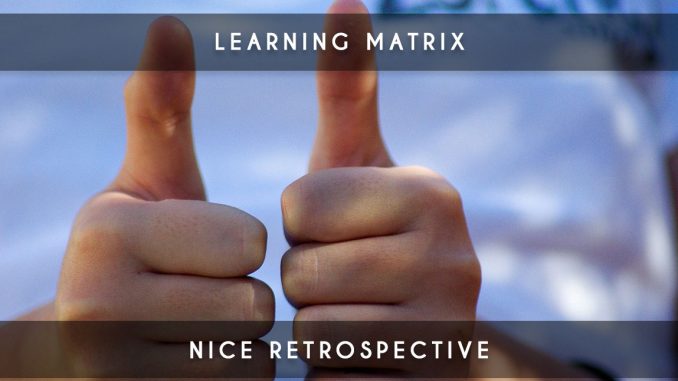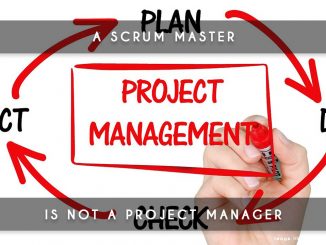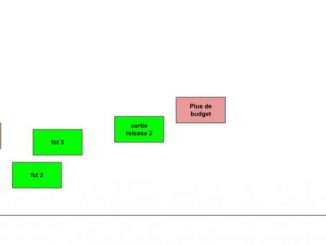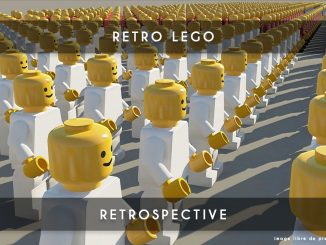
Today, let’s delve into a widely recognized retrospective within corporate circles: the learning matrix. While resembling the familiar KALM retrospective, the learning matrix adds a distinctive personal touch to its approach.
Feel free to peruse our collection of retrospectives on our dedicated page: Our Retrospectives
Required Material for the Learning Matrix
This retrospective requires minimal resources. You’ll need:
- A whiteboard or flipchart
- Sticky notes
- Pens
The estimated time for planning is approximately 40 minutes.
All Steps
The process of this retrospective is straightforward. The facilitator presents a grid similar to the following to the participants, featuring four distinct themes:
- Happy: Highlights of the sprint that participants enjoyed
- Unhappy: Aspects that participants found unsatisfactory during the sprint
- Idea: Novel concepts that could be experimented with
- Flower: A space for expressing gratitude towards colleagues
Here’s a simple representation of the learning matrix:

Step 1 of the Learning Matrix
The Scrum Master initiates this retrospective by encouraging participants to contribute ideas related to the four themes. Each participant writes their thoughts on sticky notes (one idea per note), discussing positives and negatives, suggesting novel ideas, and expressing gratitude. Participants are not obliged to write a note for each theme, but if they feel inclined, they can contribute multiple notes for a single theme.
Duration: 10 minutes
Step 2 of the Learning Matrix
Subsequently, the Scrum Master invites participants one by one to read their sticky notes aloud and potentially elaborate on their contents. After reading, each participant positions their note on the learning matrix. Simultaneously, the Scrum Master groups together notes that share similar ideas, enhancing the clarity of the team’s collective insights.
Duration: 10 minutes
Step 3 of the Learning Matrix
Participants are allocated 5 minutes to focus on the “Idea” section of the learning matrix. Sharing feelings in previous steps might lead to novel improvement ideas. Participants are encouraged to explain their ideas to others and place them on the board within the “Idea” section dedicated to potential areas of improvement.
Duration: 10 minutes
Step 4 of the Learning Matrix
The participants engage in Dot Voting to identify the top 3 improvement axes that the team will focus on in the next sprint. These are represented by the “Idea” section located at the bottom right of the learning matrix. The Scrum Master ensures participants select a volunteer to oversee the implementation of these improvement axes. Empowering individuals ensures that improvement initiatives remain a focus even after the retrospective concludes.
Duration: 10 minutes
Conclusion: The Learning Matrix
In conclusion, the learning matrix is a potent retrospective that encourages the sharing of personal feelings. Its distinctive feature of expressing gratitude significantly enhances team cohesion. This format artfully combines the search for improvement axes with the acknowledgment of accomplished work.
Useful Link: Retrospective in French




Be the first to comment